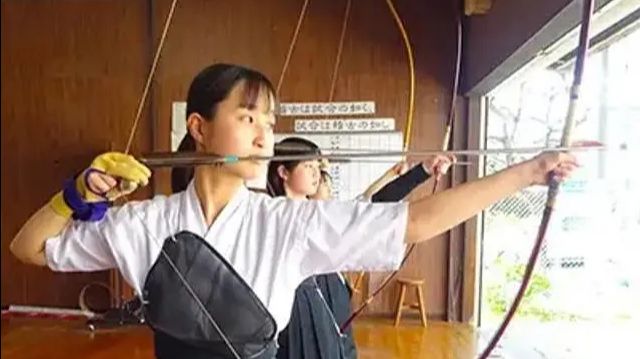Different from the archery and archery exercise
The focus of the bowway is to use the adjustment of breathing and consciousness in the state of physical and mental integration to maximize strength and skills. The bow road uses traditional bow and arrows. The bow is long and narrow. The user needs high physical coordination and mental concentration ability.
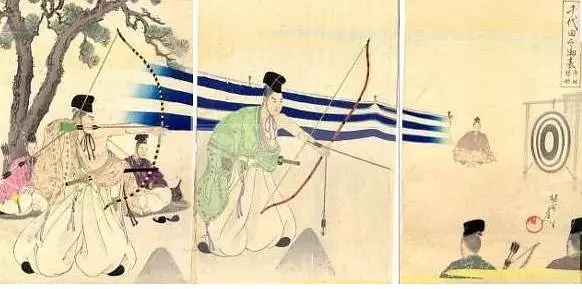
Archery is an international modern movement, and there are close connections and exchanges between archery organizations in various countries. The bow and arrows used in archery are different from the traditional bow and arrow. The bow body is short and the bow string is wide. Users need high physical flexibility and technical level.
Gongdao is an important part of Japanese traditional culture and is a way of practice. Bow Dao emphasizes etiquette, rules and traditional values, such as loyalty, courage, and self -discipline. In the arcade competition, athletes need to follow strict etiquette specifications, such as dressing requirements, bowing etiquette, etc.
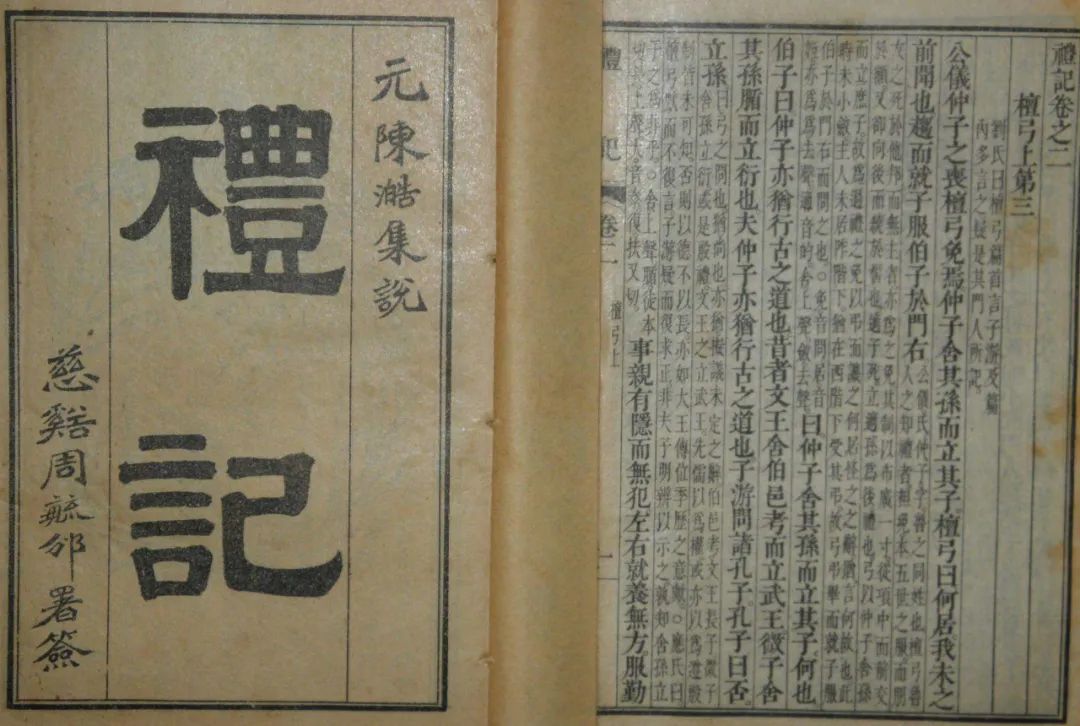
Archery is a modern international movement, which pays more attention to competitiveness and technical level. The archery emphasizes accuracy and speed, which requires athletes to have a high degree of physical coordination and psychological quality.
The training method of bow road focuses on cultivating the athlete's physical and mental coordination ability and spiritual concentration ability. In training, athletes need to learn the correct posture, breathing methods and skills, while performing a lot of repeated exercises. The training methods of bow roads are more traditional and conservative. Many coaches and athletes believe that they can play the best level only in a state of physical and mental integration.
The training method of archery exercise focuses on science and modernity. Athletes need multiple training such as strength training, flexibility training, and balance training to improve physical fitness and technical level. The training methods of archery sports are more open and innovative, and many modern technologies and equipment are applied to training.
The history of bow and arrow in Japan can be traced back to the Stone Age and was initially used as a hunting tool. After entering the Miusheng era, society began to transform from hunting to farming. Whenever there is a situation that requires active competition or protecting existing land or water sources, bows and arrows are used in the form of weapons.
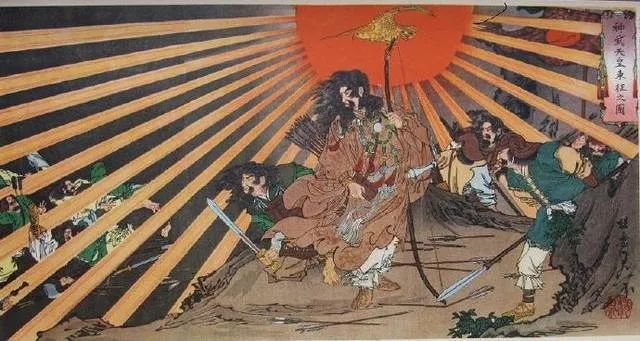
Map of Emperor Shenwu East Expedition
According to the "Book of Japanese Books" in the Bird Times Literature, it shows that the bow is developed to the level of "riding" at that time. Emperor Wenwu at the end of the Bird's Age set up the "Dajie Lu La". "Continued Japan" records that the Nara era's riding culture was quite popular. In the Emperor Shengwu, the custom of worshiping bows and arrows to disperse the disease, and began to appear the deity of the bow and arrow, which may have a certain relationship with the etiquette in the bows in the future.
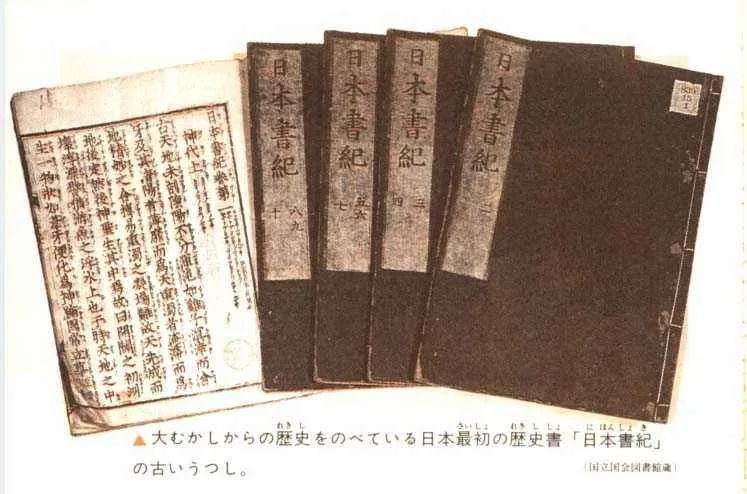
In ancient China, rituals, music, shooting, royal, books, and numbers were collectively known as six arts. It can be seen from literature records such as "Zhou Li", "Book of Rites", and "Ritual" that archery skills began to start archery in the Western Zhou Dynasty are no longer simply martial arts skills. "Ritting" and "shooting art" with both education and self -cultivation functions. "Book of Rites · Shooting Yi" said: "Shooter, so Guan Shengde also." He also said: "Shooter, the way of benevolence." Since then, the purpose of Xi Shooting is not just practical, or purely aesthetic aesthetic science Enjoy it, but to use the "body" and "refining the heart". Japan's Bow Road inherits Japanese bow, to some extent, the continuation and localization of Chinese shooting ceremony. The production of bows and arrows is particularly beautiful, and the dignity of the shooter is extremely beautiful. Confucius said, "There seems to be a gentleman; if you lose your righteousness, you are looking for his body." Zhengzheng is the target of arrows. Xi Shooting is not just to master and improve shooting, but also to improve his personality taste.

The name of "mulberry arc" is based on "Book of Rites. Inner Cerebage" "Shooting people use mulberry pengersya six, shooting heaven and earth." The interpretation of mulberry arcs: Ancient men shooting the bow made of mulberry, and the grass grass was made. The arrows, shooting heaven and earth, showing that they have great ambitions and are unsatisfactory.
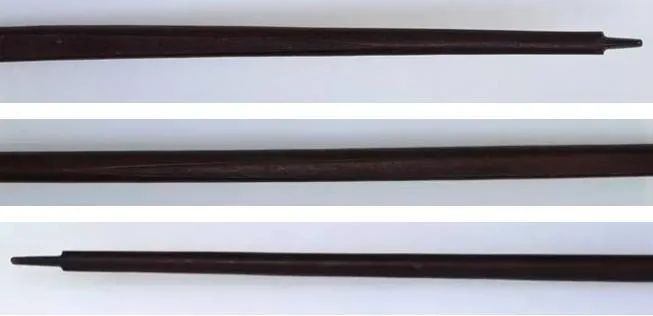
Masakura Courtyard No. 2 No. 7: Bow, 216.0 CM in length
The Sui and Tang Dynasties sent the Sui Misplays and the Tang envoys, which made Sino -Japanese cultural exchanges enter a climax. Japanese officials and international students who entered the Tang Dynasty also were interested in weapons and military law. For example, the famous Ji Bei True is a enthusiast of the Tang Dynasty bow and arrow. "Continued Japan" records that Ji Beizhi brought back a tangled corner bow in the Japanese utensils, and immediately drank a water and paint bow of the water painting, showed a four -section horn of the paint, 20 arrows, and flat. Ten archery and so on. In the Tang Dynasty, he entered the bow and arrows of Japan. So far, the real thing is mainly preserved in the maincare courtyard of the Dongda Temple in Nara. According to Fu Yunzi's "Archeology of the Main Catrait Institute", the northern shed in the warehouse is displayed in the 27th Tang Bow. There are two types of Zizhong and 种 bow, and there are fifteen Tang -made bamboo arrows. Its feathers include 雉, geese, 隼, carving, and eagle. Japan also introduced ancient Chinese shooting ceremonies at the time. According to the "Japanese Secretary", in the second year of Tang Taizong Zongguan (647), Japan has Chinese -style ritual activities, reflecting the etiquette of etiquette, which has long been a Japanese cultural activity. source.
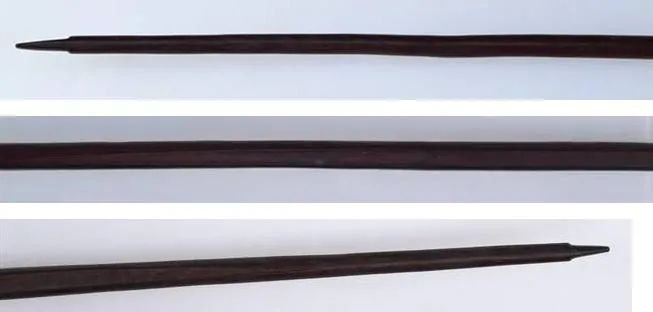
Yoshiku Courtyard No. 3 Zizi Bow, 214.5 cm in length
Bow in early Ping An Times
From the middle of the Nara era to the Ping An era, the ceremony in the palace was set up with a ritual ceremony in accordance with usual practice. In the middle and late period of the Ping An era, organized samurai groups, riding shooting and bow skills gradually became the focus of martial arts of the samurai. Bows and arrows and horses became more attention. The samurai is called "the body of the bow", and the lifestyle of the samurai is called the "Tao of the Bow".
In the Kamakura era, the warriors rode the target for a while. There were so -called "riding and shooting three things", namely "flowing horses", "hanging hanging", and "dog chasing things". In fact, it was three challenges to test the samurai riding technology.
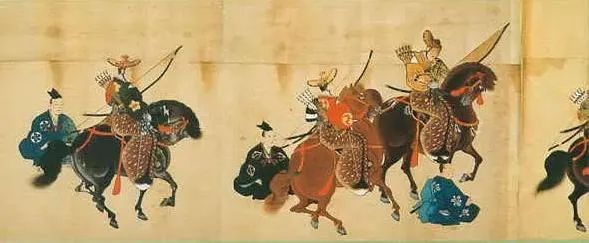
"Liuya" was held as a sacrifice ceremony of the shrine to further improve the morale and belief of the samurai. —— The shooter rides the horse in the running, and continuously launch the special "镝 镝" (a kind of arrow) to the target. The Chima's straight -line runway is about 218 meters long. There will be three targets in the left part of the Sagittarius. The distance from the runway is about 5 meters. Filter difference).
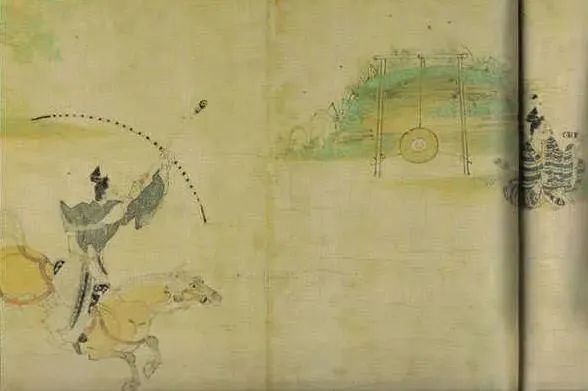
"“ "Was said to be due to the Yuan Lai Dynasty in Kasako Town, Shinada County, Gunma County. On a section of the straight runway with multiple targets, the shooter rides the horses in the disease and aim at the target archery placed in a lower position. "Hanging" was originally used to train the skills of low enemies when riding and shooting. Compared with the etiquette of "Liusha", it has practical significance.

Dog chase
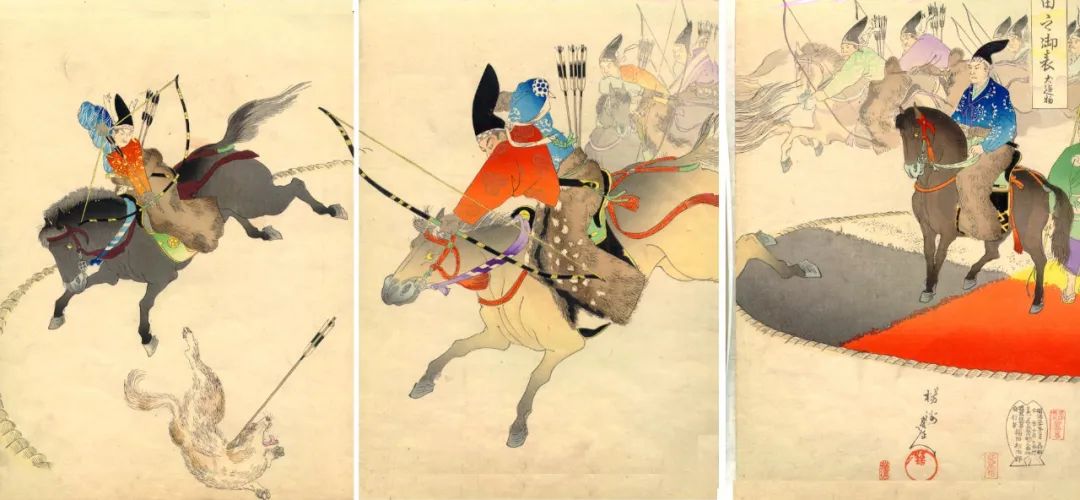
Tsukihara Zhou Yanqian Dai Tian の 御 犬 豊 豊 豊 豊 豊
"Dog Chasing" puts about 150 dogs in a vast "racecourse", and then thirty -six shooters riding a horse to divide the array (twelve shooters in each group). Winning. There will be two referee surveillance events on the court.
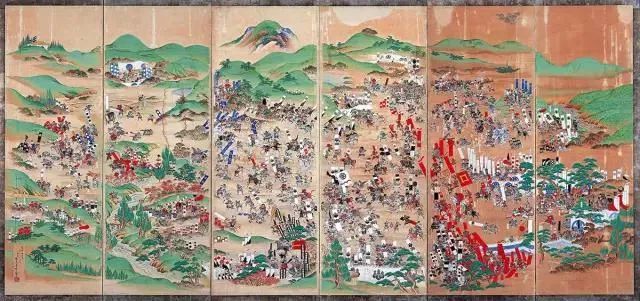
Guan Yuan's co -war screen
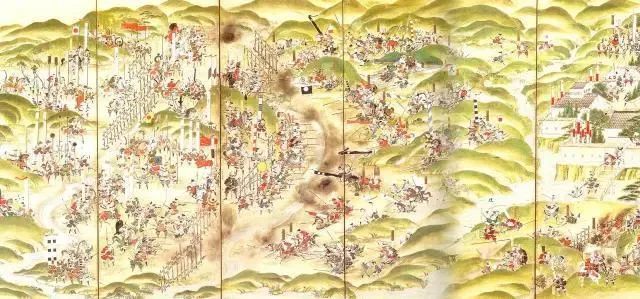
Changxiao combat screen
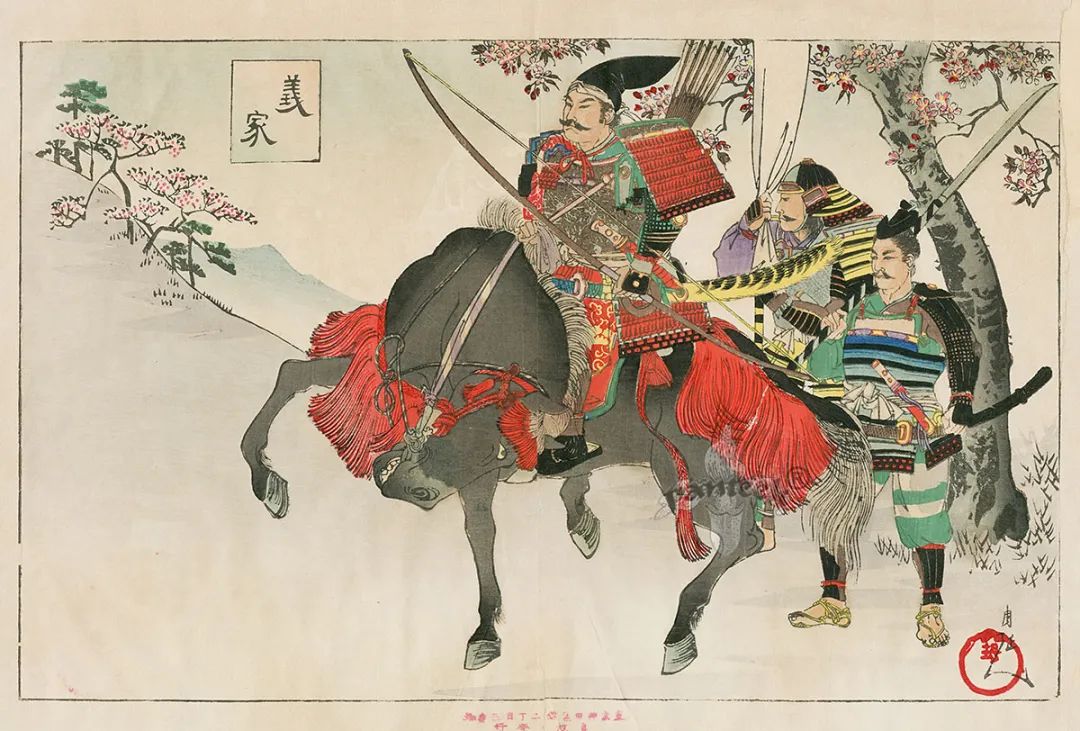
The famous military generals of the Yuan Dynasty (1039 -August 4, 1106), the well -known generals of the Yuanyan Zhouyan Zhou Yanjia (1039 -August 4, 1106). The rebellion of the Zhanhao tribe was also greatly prestigious in the turbulence of Kanto. He is committed to his status of the scholars and becomes the leader of the samurai, and his words and deeds have also established a model of samurai. The Genji family and even all Kanto Samurai's bow horses, combat methods, marching arrays, etc., were all standardized and passed on to later generations.
